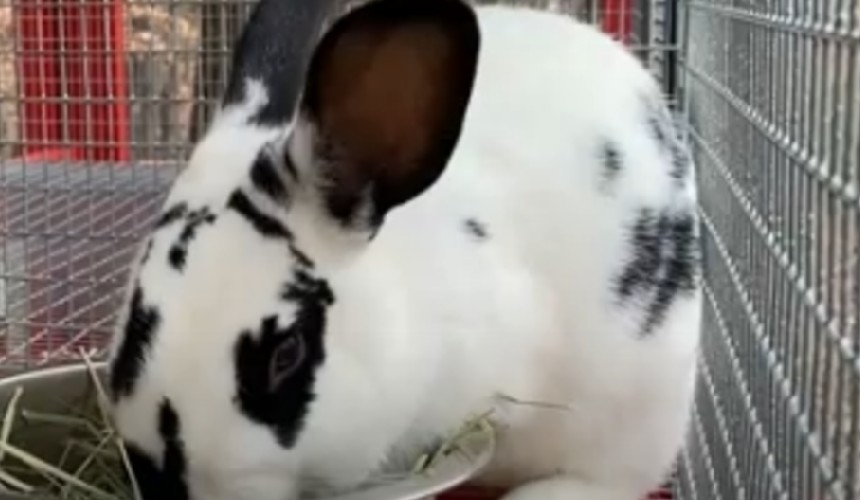
Rabbits, introduced in the 19th century to mainland Australia by a bored Englishman who had enjoyed hunting them in his native country, have gone on to almost bring the country to its knees. In 1859 on his property in Victoria, Thomas Austin released rabbits sent to him by his nephew in England, apparently stating at the time that introducing a few rabbits could do little harm and might “provide a touch of home, in addition to a spot of hunting”.
Well little did Mr Austin know, or possibly care, that Australian conditions provided a perfect breeding ground for the rabbit – warmer winters meant they could breed all year round, and breed they did.
By the end of the Century the population of rabbit had exploded to such a degree that environmental damage was widespread and the government was attempting control measures, realising the devastating, destructive impact they were having on valuable farming land – they ringbark trees and eat pastures, leaving soils exposed and causing the erosion of valuable topsoil, devastate crops and bankrupt farmer, wool growers and cattle producers.
The only glimmer of good news in all this environmental destruction and economic losses was that during the depression years, many people eked out an existence by shooting rabbits for food and earning a few bob by selling the skins (still used today for the iconic Australian Stockman's hat – the “Akubra”).
Until the introduction of biological methods of control, any measure prior to that had limited success as rabbits are such prolific breeders. Shooting had a limited effect as there were millions of rabbits, as did other measures such as using ferrets to capture and kill rabbits, and baiting.
The first breakthrough came with the introduction of the Myxoma virus in 1950, which was released into the rabbit population and successfully reduced the numbers by millions. However genetic resistance in some rabbits meant that by the early nineties, the population was steadily climbing to dangerous numbers again. The calicivirus was then developed and released, which has helped in the control of rabbit populations, but unfortunately, like the Myxoma virus, some rabbits are genetically immune and the problem remains.
Other measures used to control rabbits are ripping up the burrow areas which caves in the rabbit warrens and smothering the rabbits, effective in regions where there are noticeable areas of concentrated warrens.
Other popular forms of rabbit reduction is the use of baits - sodium fluoroacetate (commonly known as 1080) and pindone. While these successfully poison rabbits, they are also fatal to domestic dogs and other manner of wildlife, which makes the use somewhat controversial. Whenever baits like these are laid on a property a notification advising of this must be posted on all entrances to the property. This is usually undertaken by many property owners to control their rabbits every year. Unfortunately the short-sightedness of one Englishman back in the 1800s has caused the Australian economy many billions of dollars worth of losses in agriculture and has had a devastating effect on the environment.
Go back to the wildliferemovalaustralia.com home page.
Copyright 2021 - wildliferemovalaustralia.com
Wildlife Removal Australia